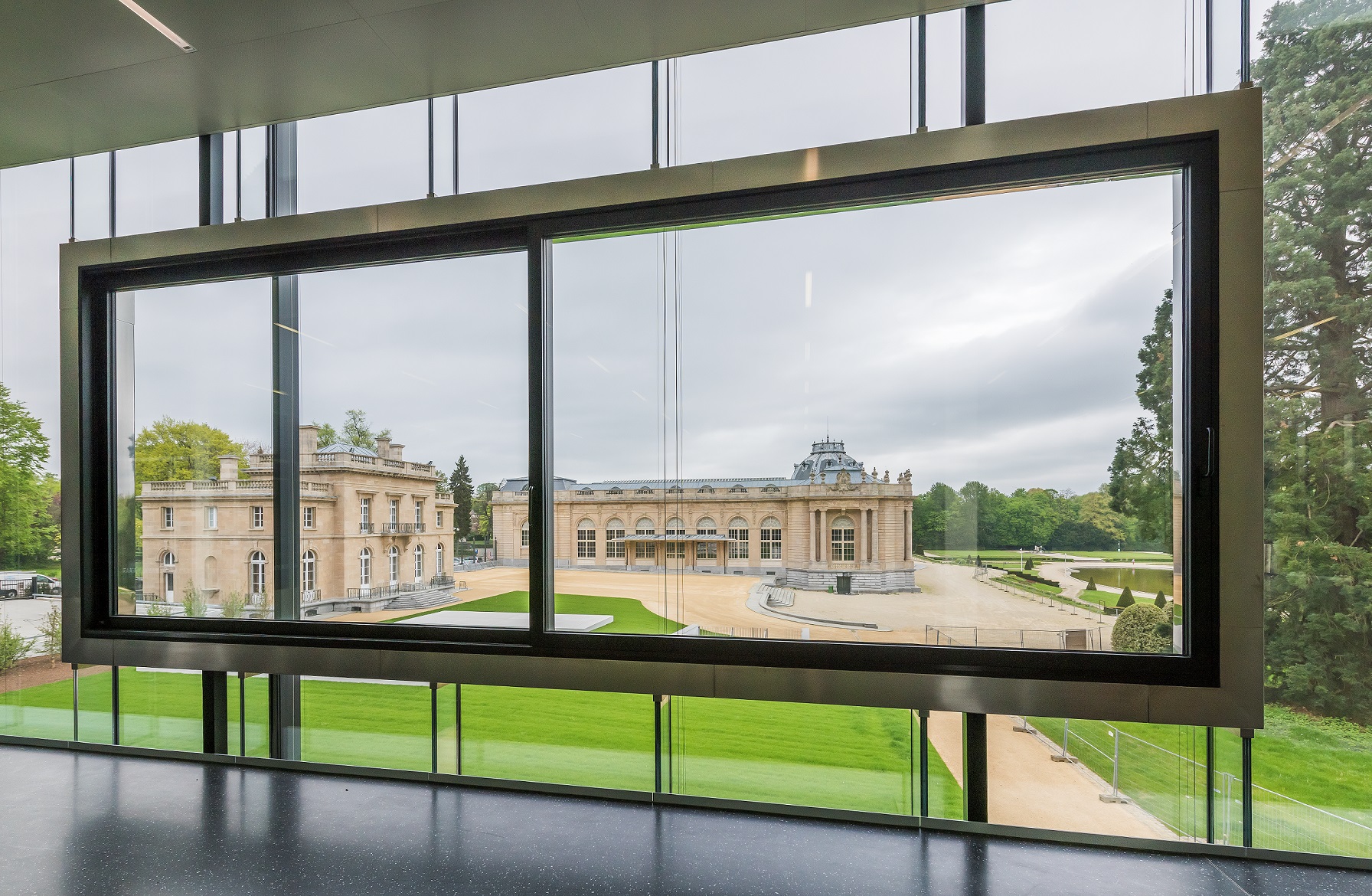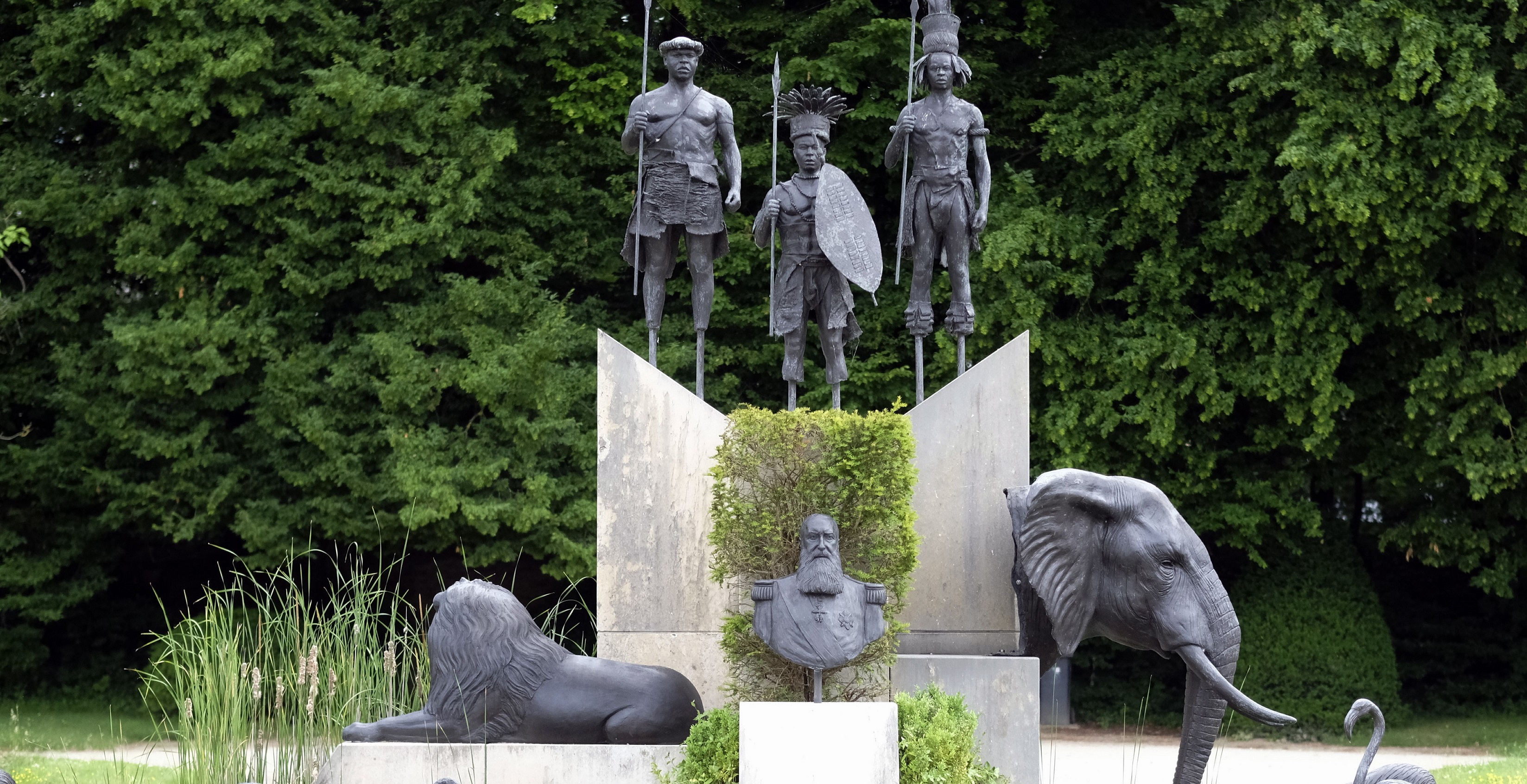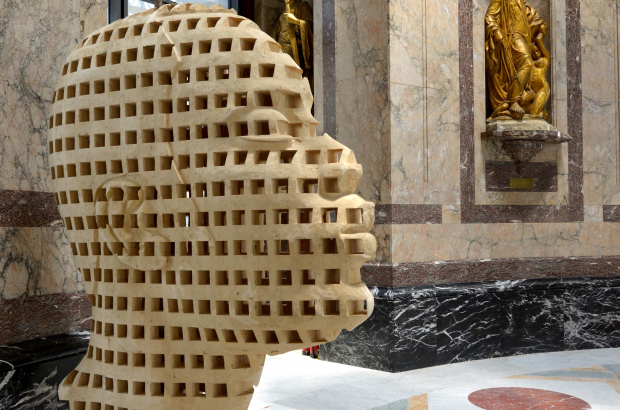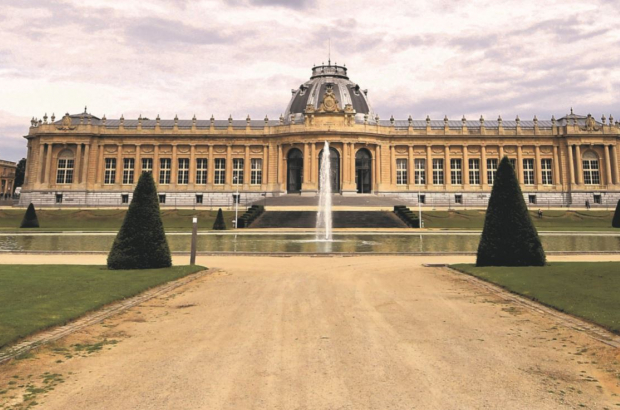- Daily & Weekly newsletters
- Buy & download The Bulletin
- Comment on our articles
Africa Museum renovation allows critical view of colonial past
After five years of renovations and more than a decade of debates on how it should present its extensive collection, archives and research the Royal Museum for Central Africa in Tervuren reopens this Sunday.
For more than seven decades, the Africa Museum in Tervuren offered generations of Belgians their first, thrilling introduction to the continent. Displays of wild animals! Primitive, semi-naked people!
Built in 1910, the Royal Museum for Central Africa – as it is officially called – was known as Europe’s last colonial museum. Until its recent renovation, its permanent exhibition hadn’t changed since the 1950s, meaning the displays reflected then views on colonisation and black people. “We carry responsibility for giving generations of Belgians a colonialist, almost racism-inspired message – that white civilisation is superior to black civilisation,” says director-general Guido Gryseels.
The spirit of colonialism pervaded the stately, Versailles-style building in Tervuren just outside Brussels; King Leopold II’s rule over what is today the Democratic Republic of Congo and Belgium’s later colonisation of it was presented as a civilising mission and humanitarian endeavour. The building’s rotunda juxtaposed bronze statues of naked, ‘primitive’ Congolese men and fully clothed Westerners, while the placards – ‘Belgium is bringing civilisation to Congo’ – brought home the point.

Gryseels was hired in 2001 to bring the museum into the modern age. Fairly quickly, he and the museum administrators decided it should focus on contemporary Africa, with exhibitions about the continent’s biodiversity, music and languages. The revamped museum also needed to offer a critical appraisal of Belgium’s colonial past and firmly reject colonialism as a governance model. Finally, the institution, which has a vast research arm, should build closer ties with the local African diaspora and become a meeting place for anyone with an interest in the continent.
Not long after conversations about transforming the museum began, Gryseels and his colleagues realised that the building’s infrastructure was also in need of a serious makeover. As recently as 2013, when the venue closed for the €66.5 million renovations, it had none of the amenities associated with modern museums – no shop, no restaurant, no air-conditioned spaces for temporary exhibitions. There were also just two toilets in the entire building.
But how do you integrate such facilities into a space whose interior and exterior has been a protected monument since 1978 – making major changes to its look a no-no? Well, you don’t.
Instead, they decided to construct a new visitor centre with a ticket office, shop and restaurant. It connects to the historic building through a 100m underground passageway, which also houses the new temporary exhibition spaces. The stair-heavy building has been made fully accessible to wheelchair users, all its marble, wood, parquet floors and glass paintings restored, and its roofs repaired and insulated. The revamped venue will reopen on 9 December.

“Architecturally speaking, this combination of a new building and the restoration of the museum building itself is a gem,” says Gryseels. “We will certainly serve as the example for how to renovate a museum for the next twenty years.”
As for stripping the museum of its colonialist imprint, they’ve come a long way but “decolonisation is a process”, he says. “We’re certainly moving toward the direction of a decolonised museum and I think a lot of things could be a lot better,” he says, citing the involvement of the African diaspora. “But I think that many people will be reminded of the beauty of Africa when they enter the museum and they’ll see we are approaching the objects and stories of the past in a very critical way.”
But this isn’t the image most Belgians have of their country’s colonial past, whose former colonies also included modern-day Rwanda and Burundi. Tracy Tansia, 28, a Belgian elected official with Congolese roots, distinguishes between two groups. There are those who played an active part in Belgium’s rule in Congo – via the church, the royal family or in a political capacity – and want to cover up the past because they’re ashamed of what happened. And then there’s the general public, who, Tansia says, don’t know, don’t care, or are part of a small but growing group who want to learn more about Belgium’s colonial past.
The blame is typically placed with educators. While teachers can choose to devote classroom time to the subject, it isn’t part of the official curriculum on either the Dutch- or French-speaking side. For Tansia, the wider repercussions of this lack of knowledge are huge. “If you want to combat racism and Afrophobia, you have to look at the underlying cause and it is found in our colonial past and the image that was constructed of the Congolese at the time,” she says. “Every lesson should take that into account and no teacher should be allowed to say: ‘Belgium brought civilisation.’ Congo had a civilisation and a rich history and both were largely destroyed by slavery, Leopold II and Belgian Congo.”

Belgium’s colonial past is an open wound both for the Congolese and for Belgians, Tansia says. “We continue to feel the pain of our ancestors. I’m convinced it’s in our DNA,” she says, describing it as a collective form of trauma, passed on from one generation to the next. “For some white Belgians, it’s the covering up. They today know: ‘What I did was not OK, so I’m going to close my eyes to it.’ But the best way to resolve a trauma is to talk about it.”
To move forward, Tansia says, more conversations are needed. She also calls for more commemorations, official apologies from the Belgian government, better history lessons and, most importantly, reparations. She explains the need for financial compensation for the descendants of the Congolese victims of Belgium’s colonial regime by breaking down the almost century-long occupation in simple terms. “You break something that belongs to someone else. First you try to hide it, but you’re found out. So what should happen next? You need to explain what happened and pay it back – it’s as simple as that,” she says. “Reparations, reparations, reparations.”
Lessons from history
After King Leopold II established the Congo Free State in 1885, an area 80 times the size of Belgium, he ruled the vast territory as his private fiefdom, imposing a reign of terror from afar. Locals were required to meet monthly rubber collection quotas under a forced labour regime and supervisors meted out harsh punishments to those who didn’t. Leopold II, Belgium’s second king, is seen as responsible for the death of 10 million Congolese, who died as a result of the abuses, starvation and diseases.

After growing international outrage over the atrocities, the Belgian parliament took control from Leopold II in 1908. Congo became a colony under the rule and control of the Belgian parliament and would remain so until 1960, after a brief independence battle. During these decades, the Congolese were essentially second-class citizens in their own country: they were barred from legislative roles and the attitude of the Belgian administrators towards the local population was one of paternalism – the Congolese should be treated and cared for as children.
Belgium’s colonisation of present-day DR Congo, Africa’s third-largest country, was a system rooted in racism, based on military occupation and aimed at extracting profits from the resource-rich country.
This article first appeared in The Bulletin winter 2018. Pick up a copy in newsagents today or subscribe here...



















Comments
I am blown away when Belgians tell me how "racist" the U.S. is....the Americans have nothing like this in their past...nor the British or anyone else. Belgium is the only country that resorted to such acts off cruelty, the cutting off of arms and legs, and of children also, some days the piles of human limbs numbered in the thousands. When I was a small child it is the only thing we were taught in school about Belgium, that they were the butchers of Africa. very sad
Belgium's history has absolutely no defense, but please do not assume US or British history is so much better. At school, every nation sanitizes its history. Mediaeval tortures and inquisitions, US slavery and destruction of the native American nations, colonialization, civil rights abuses, countless wars, Germany in WW2, KKK, Serbia, Middle East issues, many much more recent than the Congo atrocities. Man's inhumanity to man is an indefensible tragedy.
But... when does the Palace of Justice reopen?
That's what I'd like to know.
2050 maybe???
The Congo Free State (1885 - 1908) was not a Belgian colony it was Leopold II's private property. The atrocities were committed during that period.
As for no one else committing such atrocities, all colonial powers and the US are guilty. Whether it was the Dutch killing the entire population of a large Indonesian island so that they could control the spice trade, or Winston Churchill causing 3 million Indians to starve to death on purpose, or the US Army killing Native Americans, men, women and children or enslaving, mutilating, raping and killing Africans taken into slavery etc etc etc.